Archives
- 2025-11
- 2025-10
- 2025-09
- 2025-03
- 2025-02
- 2025-01
- 2024-12
- 2024-11
- 2024-10
- 2024-09
- 2024-08
- 2024-07
- 2024-06
- 2024-05
- 2024-04
- 2024-03
- 2024-02
- 2024-01
- 2023-12
- 2023-11
- 2023-10
- 2023-09
- 2023-08
- 2023-07
- 2023-06
- 2023-05
- 2023-04
- 2023-03
- 2023-02
- 2023-01
- 2022-12
- 2022-11
- 2022-10
- 2022-09
- 2022-08
- 2022-07
- 2022-06
- 2022-05
- 2022-04
- 2022-03
- 2022-02
- 2022-01
- 2021-12
- 2021-11
- 2021-10
- 2021-09
- 2021-08
- 2021-07
- 2021-06
- 2021-05
- 2021-04
- 2021-03
- 2021-02
- 2021-01
- 2020-12
- 2020-11
- 2020-10
- 2020-09
- 2020-08
- 2020-07
- 2020-06
- 2020-05
- 2020-04
- 2020-03
- 2020-02
- 2020-01
- 2019-12
- 2019-11
- 2019-10
- 2019-09
- 2019-08
- 2019-07
- 2019-06
- 2018-07
-
In conclusion we have shown that mGlu
2023-06-02
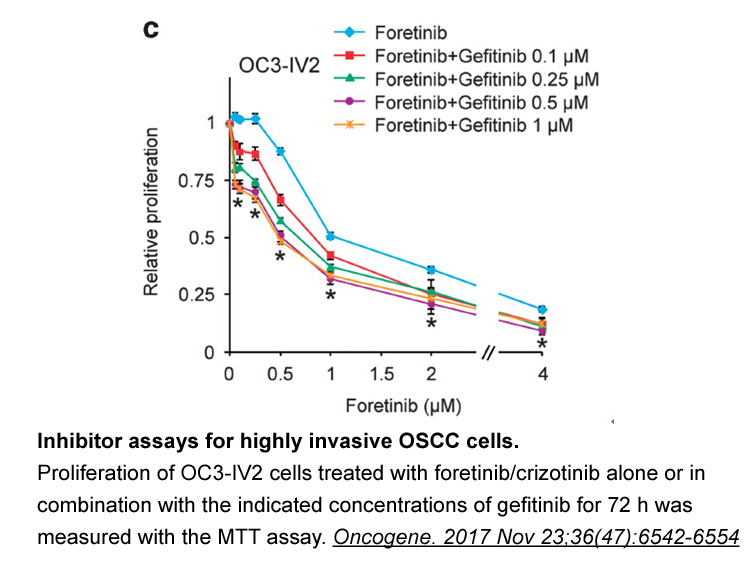
In conclusion, we have shown that mGlu7 receptors negatively regulate α1-adrenergic receptor signalling in heterologous expression systems, Embelin tissue and living animals. This interaction might represent a protective mechanism aimed at restraining an excessive activation of noradrenergic transm
-
br Introduction In myasthenia gravis MG autoantibodies again
2023-05-31

Introduction In myasthenia gravis (MG), autoantibodies against the native AChR conformation cause loss of AChR at the neuromuscular junction and fatigable muscle weakness (Newsom-Davis et al., 1993). The AChR is a pentameric transmembrane protein, with two splice forms of the α-subunit, P3A− and
-
br Introduction In myasthenia gravis MG autoantibodies again
2023-05-31
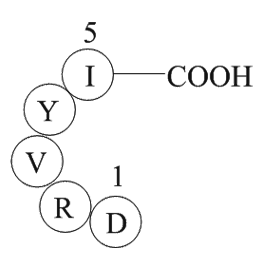
Introduction In myasthenia gravis (MG), autoantibodies against the native AChR conformation cause loss of AChR at the neuromuscular junction and fatigable muscle weakness (Newsom-Davis et al., 1993). The AChR is a pentameric transmembrane protein, with two splice forms of the α-subunit, P3A− and
-
It involves complementary and inflammatory system proteins m
2023-05-30

It involves complementary and inflammatory system proteins, mast cells, eosinophils, basophils, macrophages, natural killer (NK) cells and cytokines [1]. Innate immunity, not only include cells, but also barriers that defend the organism to the penetration of pathogenic agents [2]. Important mediat
-
Evidences have suggested that impairment of
2023-05-30
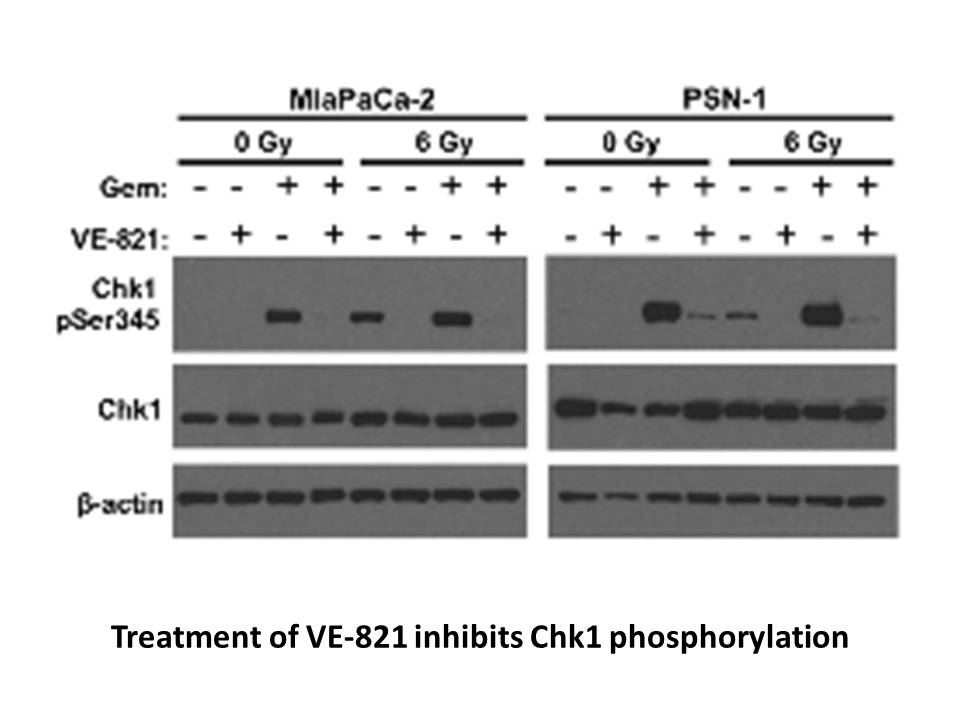
Evidences have suggested that impairment of CK activity contributes to inhibition of Na+, K+-ATPase and H+-ATPase activities during infectious diseases, since these ATPases are dependent of ATP, as observed by Baldissera et al. [31] in fish experimentally infected by Aeromonas caviae. We observed th
-
In this review we will present the traditional and actual
2023-05-30
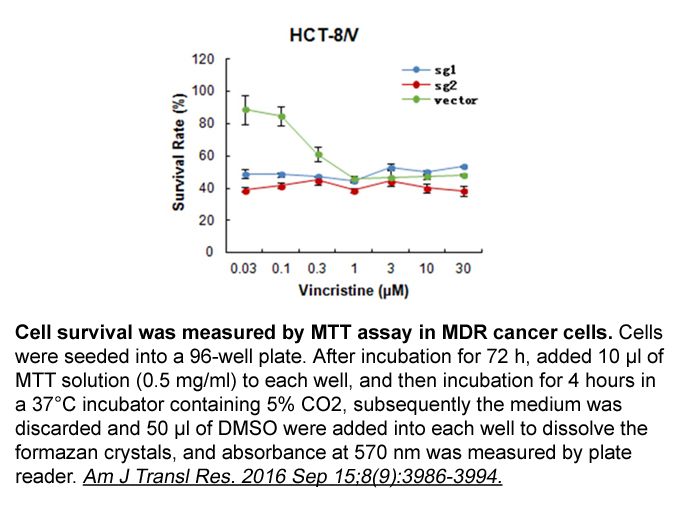
In this review, we will present the traditional and actual strategies to study orphan receptors and identify their ligands. An extensive description of the orphan GPCR field has been published in 2013 by Davenport et al. [22]. Therefore, we will focus on the deorphanizations that were reported since
-
Patients with cardiovascular disorders typically have
2023-05-29

Patients with cardiovascular disorders typically have lower plasma apelin levels than matched healthy controls. For example, plasma apelin levels are reduced in patients with coronary artery disease (CAD), and among CAD patients with unstable angina or acute myocardial infraction there is a further
-
It has been proposed that a
2023-05-29

It has been proposed that a PrP pathogenic mechanism is a toxic gain of function secondary to the misfolding of mutated PrP. However, such a mechanism might not apply to all mutant PrP species, since some mutations had little effect on the stability and folding kinetics of PrP (Swietnicki et al., 19
-
br Epidemiology br Genetics The dominantly inherited
2023-05-29
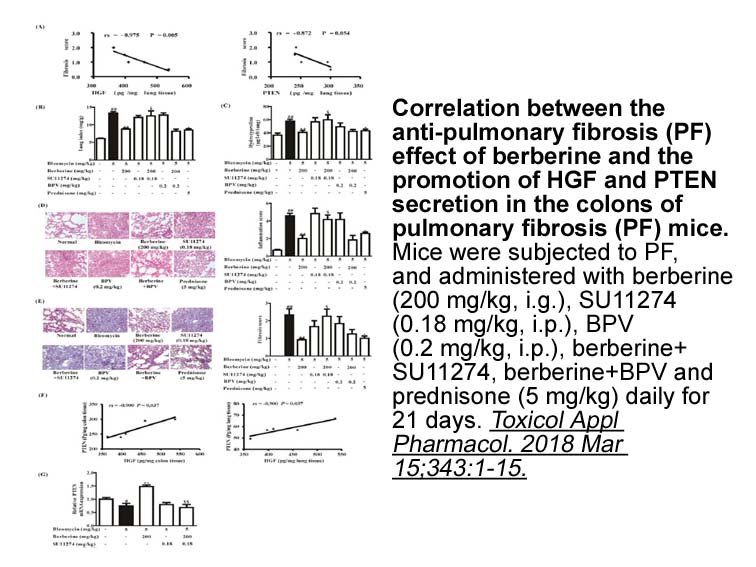
Epidemiology Genetics The dominantly inherited PrP cerebral amyloidoses are genetically transmitted with a penetrance of almost 100%. Early linkage analysis studies helped to established the relationship between GSS and mutations in the PRNP gene. PRNP is located on the short arm of chromosome
-
Gentamycin Sulfate synthesis br Results A total of responden
2023-05-29

Results A total of 126 respondents completed the survey (68.5% response rate), with at least 65% response rate from each of the four represented sectors (denominators represent the total constituent body of the organization or the total attendees of the meeting): PUC 24 out of 37 (65%), SPUNZA 33
-
Fish aminopeptidases from Alaska Pollack roe and
2023-05-29
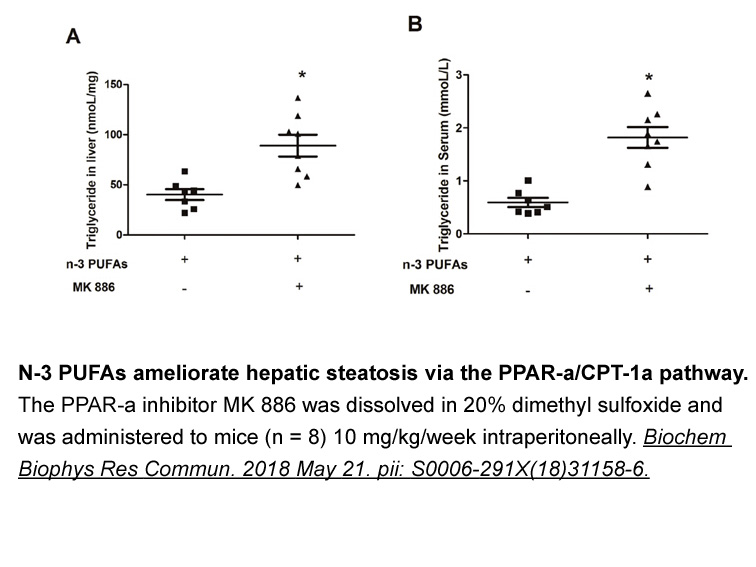
Fish aminopeptidases from Alaska Pollack roe and tuna pyloric caeca have been reported on [12,13]. More recently, we described the purification of a leucine aminopeptidase from the skeletal muscle of the common carp [14], red sea bream [15] and a lysine aminopeptidases from Japanese flounder [16]. T
-
and LO are members of the lipoxygenase family that convert
2023-05-29

5- and 12/15-LO are members of the lipoxygenase family that convert arachidonic adenosine receptor into lipid mediators such as leukotriene B4 (LTB) and 12()-hydroxyeicosatetraenoic acid (HETE) and 15()-HETE, respectively. Evidence from several in vitro and in vivo studies has shown that activation
-
br Conclusion br Introduction The identification of Alzheime
2023-05-29
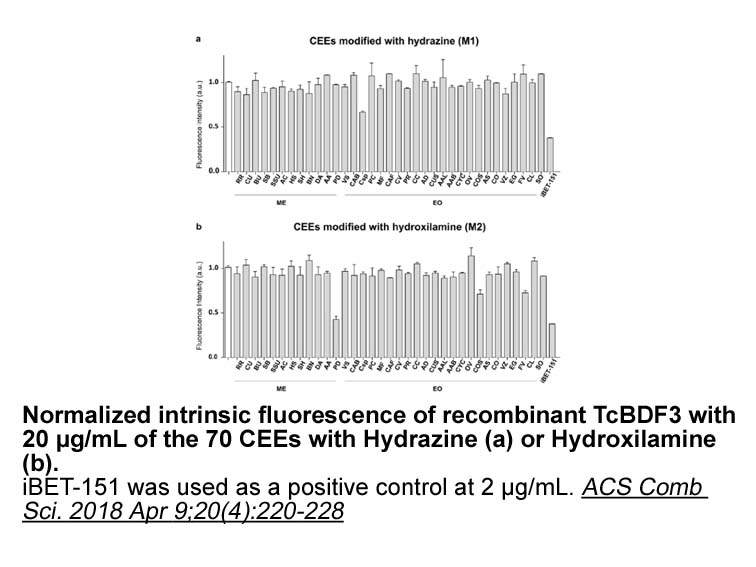
Conclusion Introduction The identification of Alzheimer's disease (AD) biomarkers and their ability to measure pathology antemortem has led to a fundamental reconsideration of the pathogenesis of AD. The importance of biomarkers was already reflected in revised diagnostic criteria proposed by
-
br Materials and methods br Results br Discussion
2023-05-29
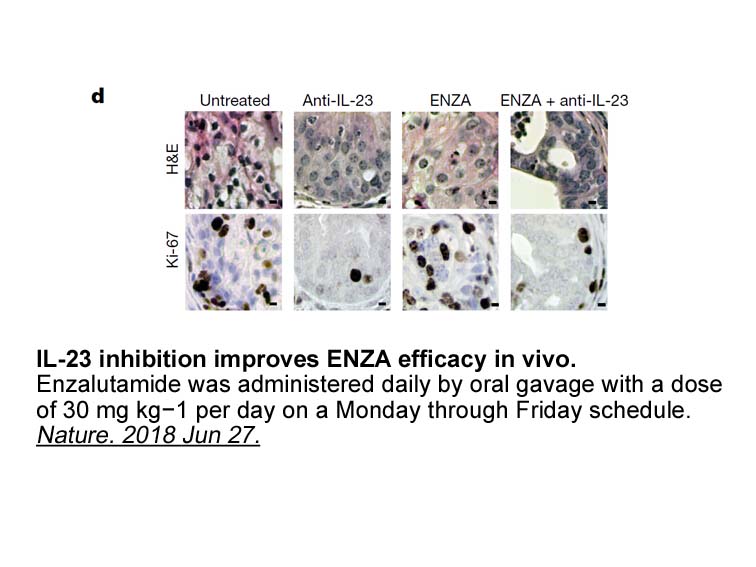
Materials and methods Results Discussion Knowledge of the molecular basis of an inherited genetic disease is crucial for understanding the disease pathology and, ultimately, for therapeutic design. Several recent reports have stressed the need for physical characterization of disease-associ
-
AKT has been shown to be important for
2023-05-29
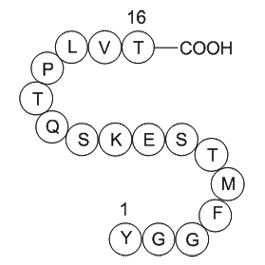
AKT1 has been shown to be important for G1-S checkpoint transition and proliferation, whereas AKT2 regulates cell-cycle exit through its interaction with p21 (Héron-Milhavet et al., 2006). In a recent study in triple negative breast cancer, AKT3, rather than AKT1 activity was most important for cell
15043 records 297/1003 page Previous Next First page 上5页 296297298299300 下5页 Last page